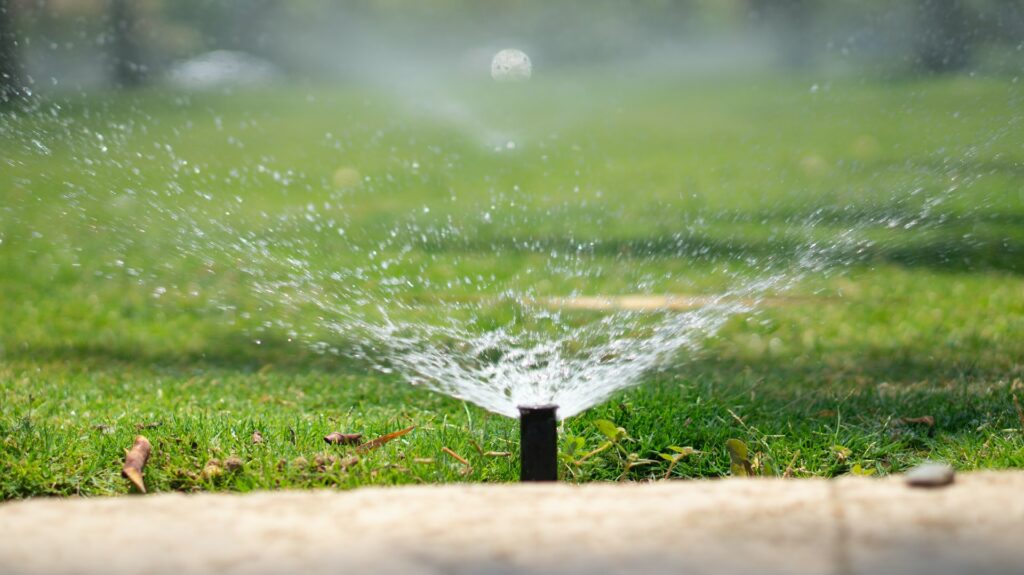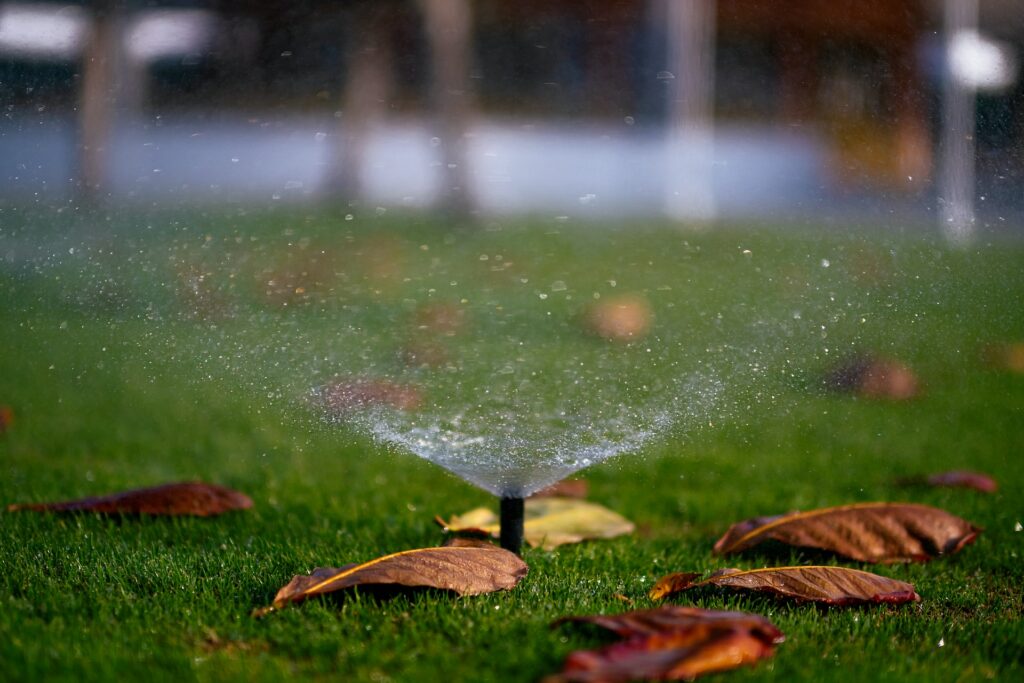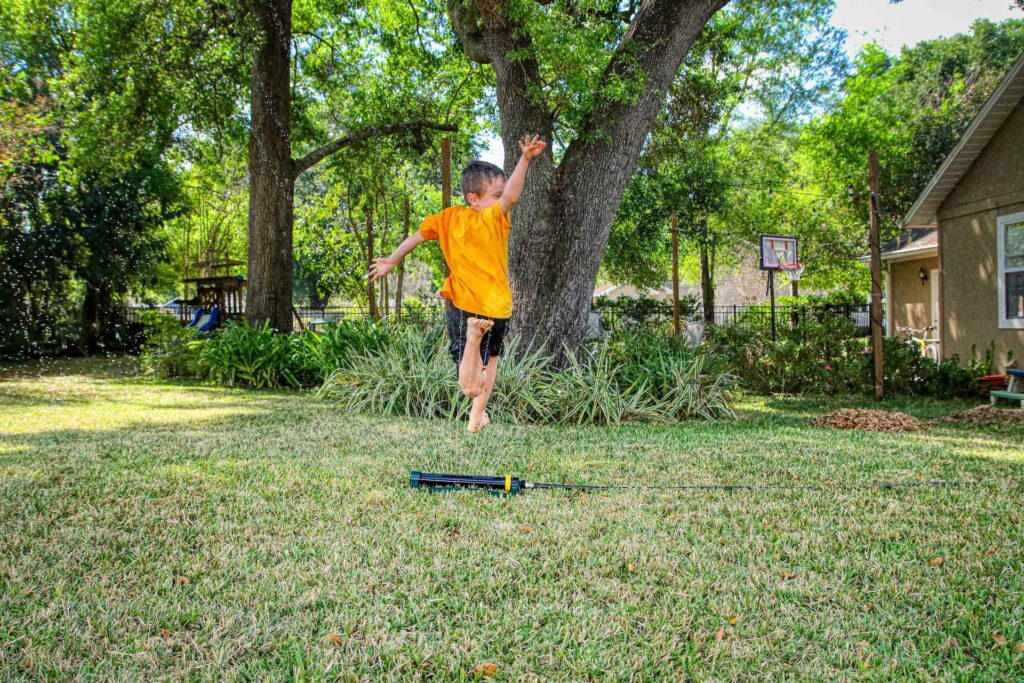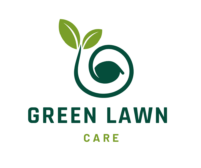Having low water pressure in your sprinkler system can lead to low irrigation range and cause the sprinkler heads not to pop up at all. This issue can be due to any number of sources; the valves on the backflow preventer device, a shut-off valve or main water valve that isn’t fully open, a leak or break in the water line, an obstruction in the water line, or simply from dirt or clogs in the sprinkler heads themselves. In bigger cities, when there is increased demand on municipal water supplies this can also be a factor. Why Low water pressure in sprinklers?
To diagnose low pressure issues correctly its important to take a closer look at each potential source of low pressure so you can determine which one needs to be fixed. By addressing the problem head-on you can save yourself time and money by fixing low water pressure efficiently and effectively.
Why Low water pressure in sprinklers?

1. The valves on the backflow preventer device aren’t all the way open.
Too little pressure in your sprinkler system? It could be as simple as a few valves that need to be fully open for maximum water power. Unblocking those backflow preventer valves may just do the trick!
The backflow preventer device is an essential part of any sprinkler line, intended to help maintain appropriate sprinkler water pressure. It boasts two pipes, with each featuring its very own valve. In order to adequately adjust the backflow preventer valve, the process should start by turning the horizontal pipe first before moving onto the vertical companion. It’s key to keep a close eye on where both of these handles line up in parallel as this will greatly affect how effective your backflow preventer device will be throughout your sprinkler system.

2. The shut-off valve or main water valve isn’t all the way open.
To guarantee your sprinkler system is running at peak performance, make sure the shut-off valve where it connects to your home’s water supply has been opened all the way.
Recently, have you been in a situation where the water pressure has seemed off? Double check that your main supply valve is fully opened! Low flow can be easy to miss if it’s only running through taps and showers – however, sprinkler systems require much more of an output which could betray any alterations.
Recently experienced water problems in your neighborhood? It could be due to municipal work. Give your local water company a call and find out if there have been any road or pipe renovations that may affect the supply – it’s possible an open valve wasn’t fully re-engaged!

3. There is a leak or break in the water line.
Have you been making any changes to your outdoor space? Whether it’s adding a garden stake, trellis, fence post or dog leash tether – did you know that digging in the vicinity of sprinkler lines can cause potential water damage? If so, make sure to repair them and keep an eye out for leaks.
Keep an eye out for any suspicious wet patches in your lawn – these could be a tell-tale sign of water trouble! When watering the garden, pay attention to which sprinkler heads fail to activate; this might indicate that there’s something awry with the irrigation line between them.
4. There is an obstruction in the water line.
Are you noticing a lack of water pressure but no visible signs of leakage? It could be due to an obstructed line caused by roots from nearby vegetation or the weight of vehicles repeatedly driving over the same area. Before investigating further, take note if there is any shrubbery in close proximity and examine where your car might have been parked.
To restore water pressure, any damaged sections need to be replaced. If a pesky tree root was the culprit, you’ll want to avoid it by rerouting the line!
Dirty water lines are a common danger that can, over time, lead to clogs and impede efficient flow. Regular maintenance is key – especially when repairing any existing cracks in the pipes as just one particle of dust or debris could cause problems down the line (literally). If your sprinklers appear affected then it’s essential you flush right out to the very last head before attempting further repairs if necessary!

5. The sprinkler heads are dirty or clogged.
Low pressure at a single sprinkler head could be caused by anything from dirt and debris to tall grass obstructing the nozzle. To get your lawn looking its best, take some time to examine each of your heads for hidden blockages: remove any gunk or grime that may have built up over time, plus trim away any unruly blades growing around it!
6. There is an issue with the municipal water supply.
If your sprinklers are feeling the strain during waterings, you might not be alone. Other neighbors may also be seeing a decrease in pressure due to sultry weather and increased demand on our municipal water system. With new homes popping up nearby, it could put additional stress on an already strained resource- so maybe consider taking shorter showers!
As essential repairs are being made to the pumps and pipes, residents may experience a temporary drop in water pressure. By tackling these issues, our community can continue to enjoy robust access to this vital resource!
If you’re feeling a bit of pressure in the shower or noticed that your sprinkler system isn’t spraying as far, it could be time to contact your water company. Recent changes in demand may have caused temporary drops in water pressure and adjusting when you use certain fixtures can make all the difference – your utility provider will know best what those non-peak times are! But if it’s more permanent than expected, maybe reconfiguring for low-pressure systems is worth considering too.
How do I fix low water pressure in my sprinkler system?
Under high pressure, sprinkler heads can get clogged with dirt and grime. Make sure to check them regularly for make sure they remain clear of obstructions – like grass or weeds! A quick wash when needed will keep your system in top shape.
How do I increase water pressure in my sprinkler system?
Installing a sprinkler booster pump will supercharge your watering system effortlessly. Just attach the water hose to the machine, and connect an additional pipe from that goes directly to your sprinklers. Plug it in for ultimate pressure power – you’ll be able to enjoy higher flow rates with ease!
What causes low water pressure in sprinkler system?
High water pressure has been an issue for sprinkler systems, but with the Backflow Prevention device it can be remedied. This specialized piece of equipment is comprised of two lines: one horizontal and one vertical that are connected by a unique button to control flow when necessary. Protect your property from high pressure damage today!
Is 50 psi enough water pressure for sprinkler system?
Residential sprinklers are designed to work optimally with a water pressure of between 30-50 pounds, so you can be sure your lawn is getting the perfect amount of coverage for healthy and uniform growth. With correct operating force set up, each head will spray efficiently without wasting any precious H2O!
Low water pressure in sprinklers is a frequent irrigation system issue that needs to be addressed. The low water pressure leads to low water flow which can prevent sprinkler heads from distributing the correct amount of water to lawns and gardens. To ensure that your lawn has proper irrigation, homeowners should monitor the water pressure coming out of each sprinkler head with a rainfall simulator or pressure gauge. As low-flow or low-pressure sprinkler systems become more popular, it’s important to stay up-to-date on the latest technology as well as inspection and maintenance procedures to ensure optimal performance and reduce water waste.
Read more: How long do lawn mower batteries last?

